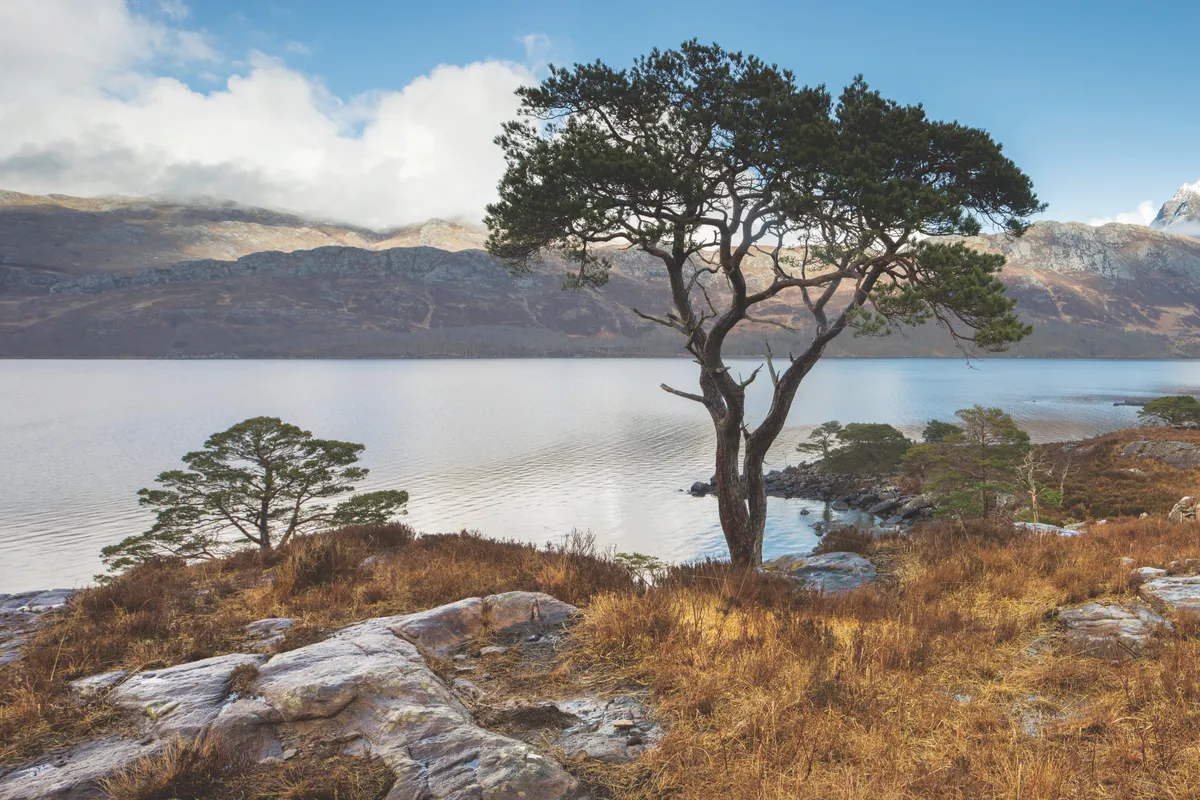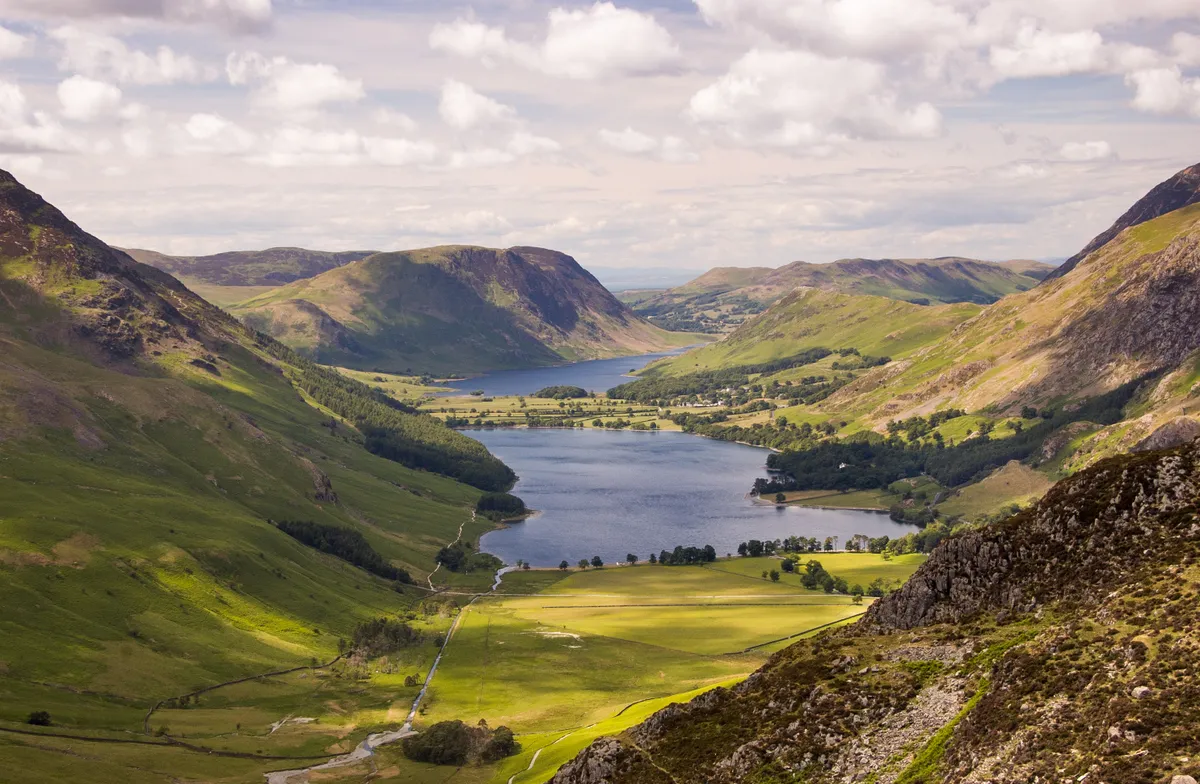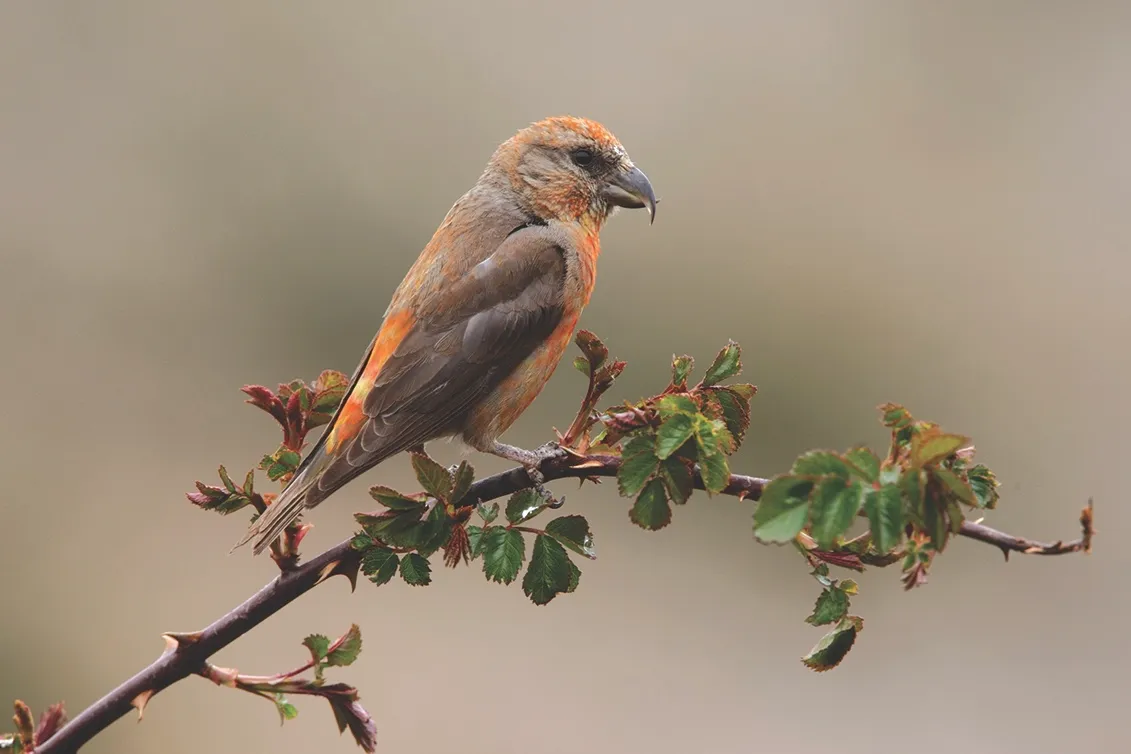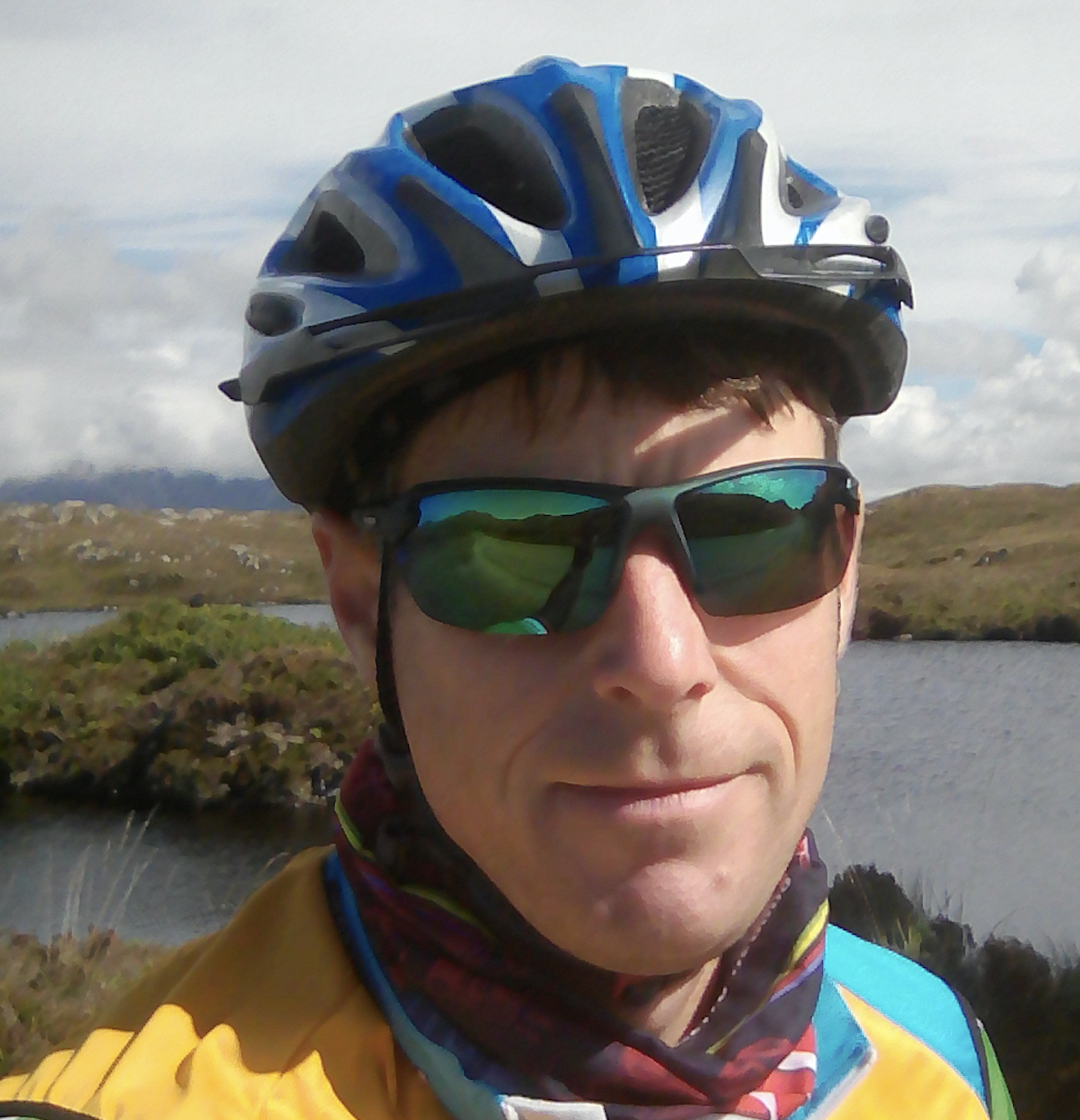With ancient Scots pinewoods running down to a pebble shore and views to mighty mountains, Loch Maree is the quintessential Highland spot for a summer cool-down.
The elongated loch – never a ‘lake’ north of the border – is big. It extends for more than 20km along a fault line; the southern end is overlooked by bulky Slioch and Beinn Eighe, while its northern basin is a patchwork of wooded islands, one of which was the home of a seventh-century Irish monk.

Waterside wonder
Loch Maree has a grandeur that, in my opinion, makes it the king of all of Scotland’s 30,000 lochs. You can stand by the water’s edge and be instantly enraptured. To spend a morning here is a dream; to while away a sizzling summer’s day is best of all.
The A832 runs alongside much of the southern shore, giving easy access. A kilometre from Kinlochewe, near the foot of the loch, is the Beinn Eighe and Loch Maree Islands National Nature Reserve Visitor Centre, where your can spot crossbills, tree pipits and siskins from the wildlife viewing window.

Five minutes along the A-road are the signed Beinn Eighe Glas Leitir Trails. A 1.5km circuit brings you up through pinewoods, which gave cause for the Beinn Eighe ridge to be designated as Britain’s first NNR in 1951. A viewpoint overlooks the water and the steep crag-sided Munro of Slioch, like a giant molar sitting on Precambrian gneiss.
Crossbill
This stocky finch has a large head and crossed bill, used to remove seeds from conifer trees, such as those that surround Loch Maree.

Swim and a breeze
The Slattadale car park, which gives the best views across Loch Maree and the islands, is about 14.5km to the north-west. The loch reaches its maximum width of 4km here, offering a sense of space and usually a cooling breeze. Picnic tables entice one to linger. A path leads north to Tollie Bay – a favoured spot for swimmers, though midges can be a menace (as with anywhere near freshwater in the Highlands) if winds are light and one is not prepared with an effective repellant.
